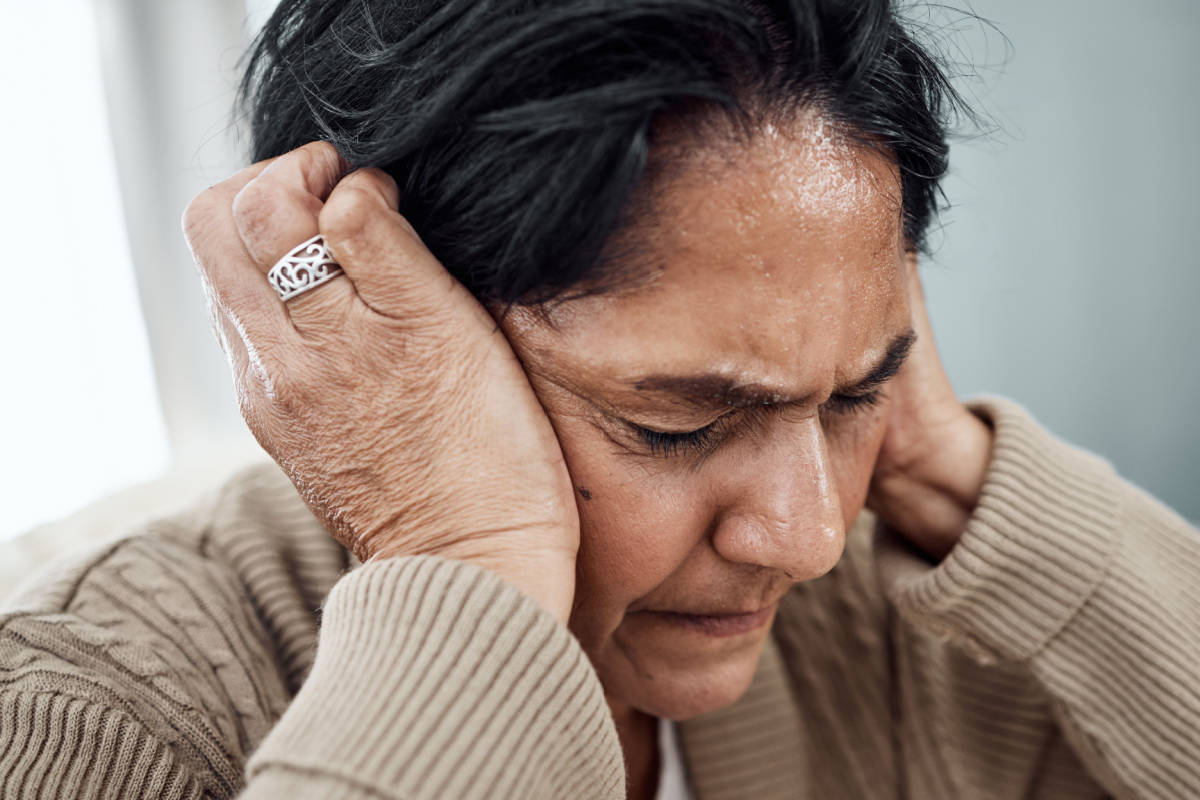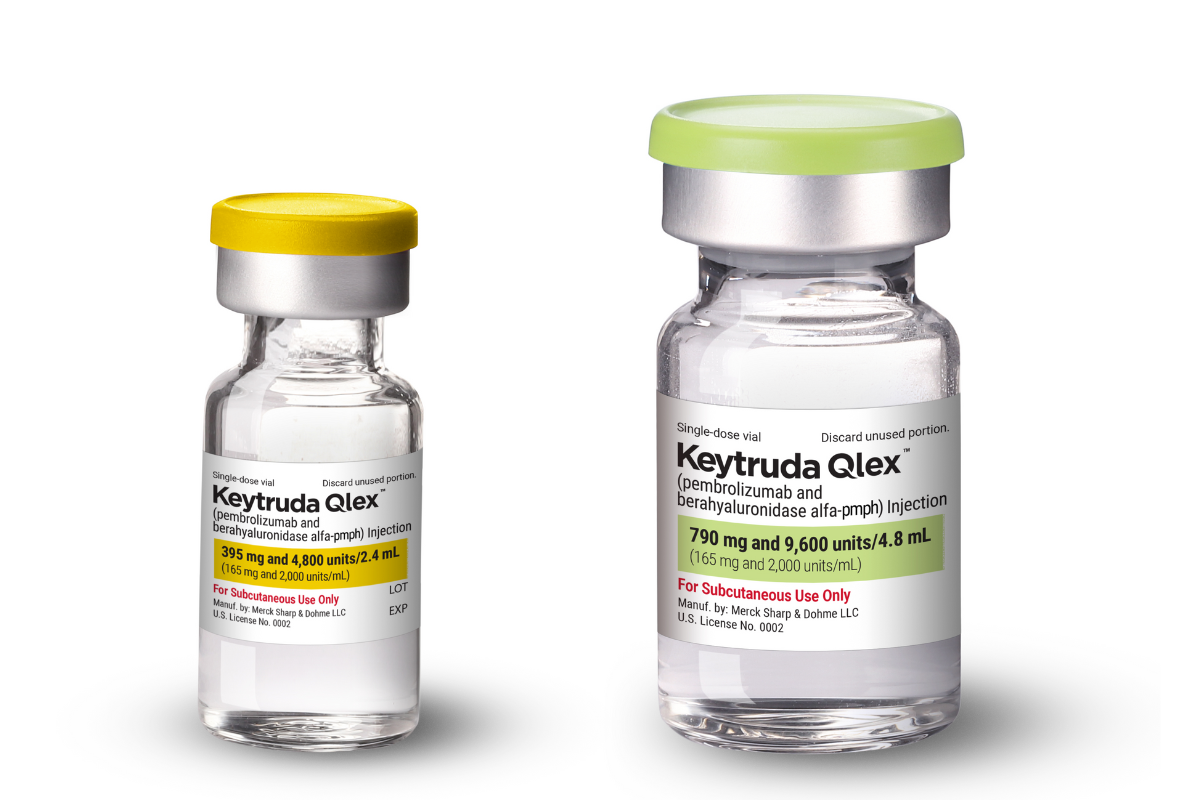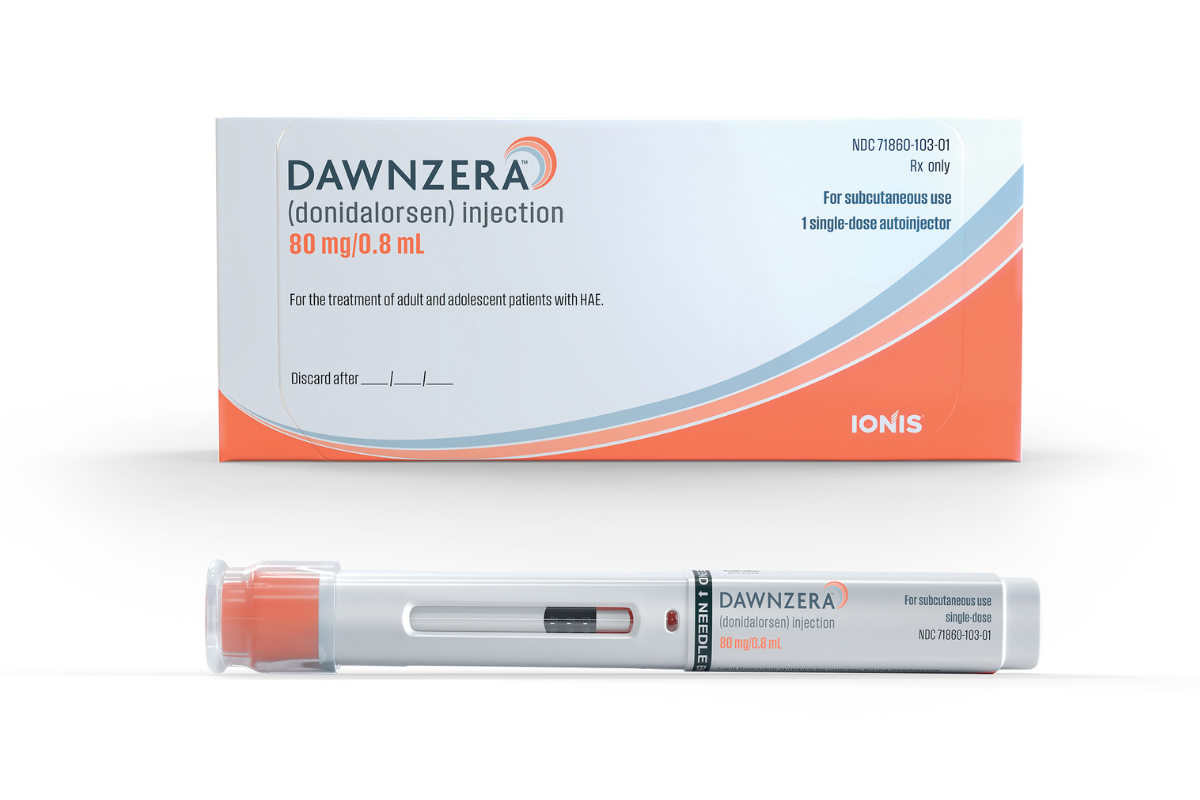Unexplained or unprovoked blood clots occur in over 750,000 Canadian women in their lifetime. Because these patients face a 30 to 40 percent increased risk of experiencing a second clot in the decade following this event, they’re often prescribed blood thinners which must be taken for the rest of their lives.
But these anticoagulants come with their own risks: patients face a 1.2 percent risk of experiencing a major bleeding episode each year they take the drugs. Now, researchers at the University of Ottawa have developed and validated a rule which may help physicians decide whether some women can stop taking blood thinners after a venous thrombosis.
“Patients can get very anxious trying to balance the risks of the treatment with the risks of another blood clot,” said primary study author Dr. Marc Rodger, senior scientist and thrombosis specialist at The Ottawa Hospital, and professor at the University of Ottawa. “With this rule, we can confidently tell half of the women we see that they are at low risk of having another blood clot. This means they can stop taking blood thinners once their initial clot is treated, sparing them the cost, inconvenience and risks of taking life-long medication.”
The HERDOO2 rule, originally published in 2008, was developed to help physicians assess specific risk factors for patients who have experienced an unexplained blood clot. The rule incorporates six criteria and states if a women has none or only one of the risk factors, she has an overall low risk for developing another clot in the future.
The risk factors are: Hyperpigmentation, edema or redness in the legs; elevated levels of the clotting marker D-dimer; high body mass index indicating obesity; or an age of 65 or older. According to Rodger and his team, they were unable to identify factors that could predict low risk of clotting recurrence in male patients.
In order to validate the HERDOO2 rule, the researchers conducted a clinical trial involving 2,795 patients who had previously experienced unexplained venous thrombosis. The details of the study were published in The British Medical Journal.
The rule predicted that 622 of the 1,213 female participants were considered to be low risk of experiencing another blood clot. These patients were advised to stop taking anticoagulant medications, while high risk patients continued or discontinued blood thinner use based on the advice of their physicians. In total, of the 2,125 patients were considered by the rule to be at a high risk of experiencing another clot, 1,802 patients remained on anticoagulant therapy, while 323 patients stopped taking the drugs.
Patients were followed up with one year after finishing treatment for their initial blood clot. The group of women who stopped taking blood thinners after being identified as low risk showed a three percent rate of clot recurrence, while the high risk group showed an 8.1 percent risk.
“We see two to three patients with unexplained blood clots every day at The Ottawa Hospital,” said Rodger. “If this rule was applied across Canada, we estimate that over 10,000 women a year would be identified as low risk and be able to come off blood thinners.”
The HERDOO2 rule is now in practice in each of the international study sites, including The Ottawa Hospital, Geneva University Hospital and Duke University Medical Center. Rodger and his colleagues hope to encourage doctors to implement the risk protocol in other primary care centers around the world.
“If you are a woman with an unexplained vein blood clot, or on life-long blood thinners because of a past clot, ask your healthcare provider about your HERDOO2 score,” said Rodger. “It could save you from a lifetime of medication.”












Join or login to leave a comment
JOIN LOGIN